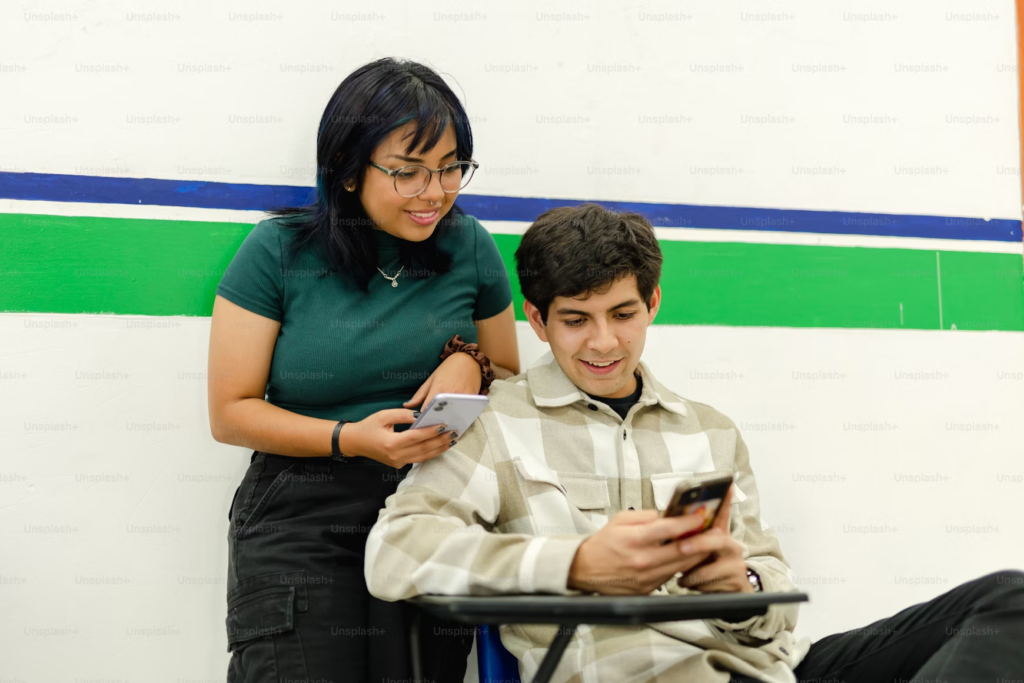As this semester draws to a close, we are prompted with an open-ended question: “Where do you see yourself in the year 2055?” I have spent some time pondering this, and in the end, I have come up with two, equally likely options.
OPTION ONE: This is a world that continues its dive into conservatism, capitalism, and consumerism. War and famine plague the world, while the ill cannot afford to heal themselves. This a dystopia, where math is replaced by survival lessons and teachers are few and far between. Perhaps a nuclear winter or perhaps climate change has made the world too hot to touch… either way, outside is dangerous. Teaching is an important profession, lost to the world around it.
OPTION TWO: This is a much more positive view of the world. In this reality, the world moves forward and countries focus on socialism and peace. Teaching is evolved to incorporate technology and artificial intelligence, while still having a primary focus of outdoor education, nature restoration, and environmental issues. In this future, I have a boat. And I drive that boat to the elementary school that I teach at, as a teaching principal. In this reality, I have a BEd and a MEd and my PhD in outdoor education. I take on a principal role, but I can’t tear myself away from teaching and still teach a couple subjects to Grade 5s.
This is my final weekly reflection. I really hope that my future ends up similar to option two. I hope, either way, I at least get a boat. This course has been one of my favourites in education so far; I’ve learnt so much. I walk away from EDCI 336 with more knowledge and confidence in both using technology and teaching it. Most importantly, I walk away knowing how to make QR codes in any tab. This is genuinely the best thing I’ve learned in this whole programme. I don’t know how I didn’t know how to make QR codes before.
So, this is the end of EDCI 336 and the end of Emma’s Archive. Thank you all for reading and thank you, Michael, for the wonderful course.
xoxo Emma Turner
